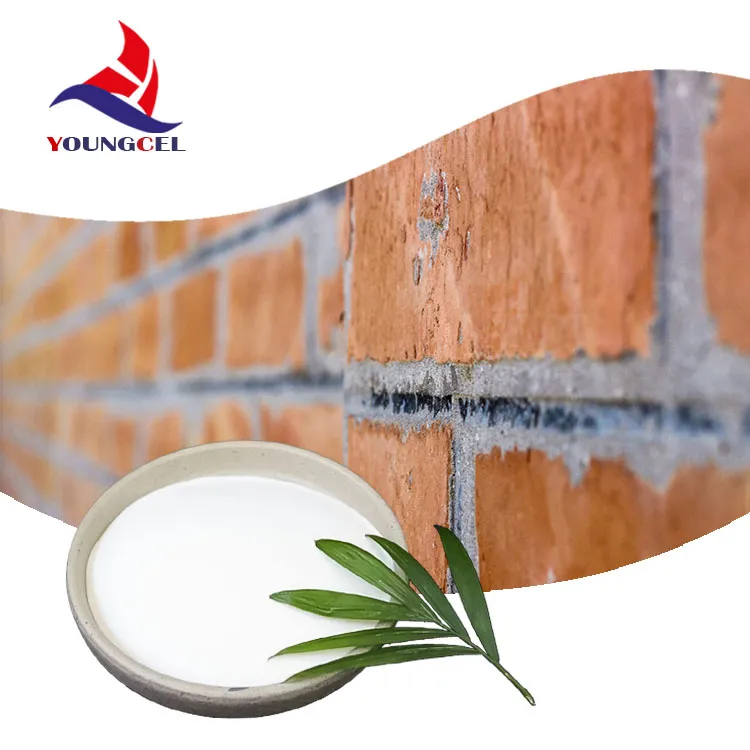The Importance of Building Adhesives in Construction
Building adhesives play a critical role in the construction industry, providing essential solutions for bonding various materials together. From structural applications to finishing touches, adhesives have revolutionized the way we build, allowing for better performance, durability, and efficiency. In this article, we will explore the significance of building adhesives, their types, and their applications within the construction sector.
What Are Building Adhesives?
Building adhesives are specialized substances designed to bond together materials employed in construction. These adhesives can be categorized into several types, including epoxy, polyurethane, cyanoacrylate, and silicone-based adhesives. Each type has its own unique properties and is suited for specific applications across the construction spectrum.
The Advantages of Using Building Adhesives
1. Enhanced Bonding Strength Modern adhesives offer exceptional bonding strength, which can rival or even exceed traditional mechanical fasteners such as screws and nails. This is particularly important for applications requiring a strong and durable bond, such as in structural elements like beams and panels.
2. Flexibility and Versatility Adhesives can bond a wide variety of materials, including wood, concrete, metal, glass, and plastics. This versatility allows builders and contractors to utilize various materials in their designs without worrying about compatibility issues.
3. Weight Reduction By using adhesives instead of traditional fasteners, builders can create lighter structures, which can lead to lower transportation costs and easier handling during construction. Lighter structures can also result in less strain on foundations and associated materials.
4. Aesthetic Appeal Adhesives allow for cleaner finishes without the visible marks left by screws and nails. This is particularly important in aesthetic applications, such as interior finishes and decorative elements, where the appearance is paramount.
building adhesive

5. Resistance to Environmental Factors Many modern adhesives are designed to resist moisture, UV rays, and temperature fluctuations. This enhances the longevity of bonded joints, making them suitable for both indoor and outdoor applications.
Applications of Building Adhesives
Building adhesives have a wide array of applications in the construction industry. Here are a few key areas where they are commonly used
- Flooring Adhesives are extensively used in the installation of various flooring materials, including tiles, hardwood, laminate, and carpets. They help to secure the flooring and provide a stable base, ensuring longevity and durability.
- Wall Panels and Cladding Adhesives are often employed to attach wall panels and cladding materials securely. This method reduces the need for mechanical fasteners, which can compromise the integrity of the paneling.
- Roofing In roofing applications, adhesives play a vital role in bonding roofing membranes and tiles. They provide a waterproof seal that helps prevent leaks and protects the underlying structure from the elements.
- Furniture and Cabinetry Beyond structural uses, adhesives are crucial in the manufacturing and assembly of furniture and cabinetry. They provide strong joints without the need for visible hardware, enhancing the aesthetic appeal.
Conclusion
The role of building adhesives in construction cannot be overstated. They not only provide strong and reliable bonds but also contribute to the overall efficiency and aesthetics of building projects. As technology advances, the development of newer and more effective adhesives continues, offering even greater possibilities for innovation in construction. Embracing the use of building adhesives not only enhances the performance of structures but also paves the way for more sustainable building practices by reducing material waste and enabling the use of diverse materials. As we move forward, the significance of building adhesives will undoubtedly grow, making them an integral component of modern construction methodologies.
-
Rdp Powder: Key Considerations for Wholesalers in the Building Materials IndustryNewsJul.08,2025
-
Key Considerations for Wholesalers: Navigating the World of Hpmc - Based ProductsNewsJul.08,2025
-
Hpmc Detergent: Key Considerations for WholesalersNewsJul.08,2025
-
Key Considerations for Wholesalers: China Hpmc For Tile Adhesive, Coating Additives, Concrete Additives, and MoreNewsJul.08,2025
-
Crucial Considerations for Wholesalers: Navigating the World of Construction MaterialsNewsJul.08,2025
-
Key Considerations for Wholesalers Sourcing Additive For Cement, Additive For Concrete, Additive For Putty from Additive Manufacturer Shijiazhuang Gaocheng District Yongfeng Cellulose Co., Ltd.NewsJul.08,2025




